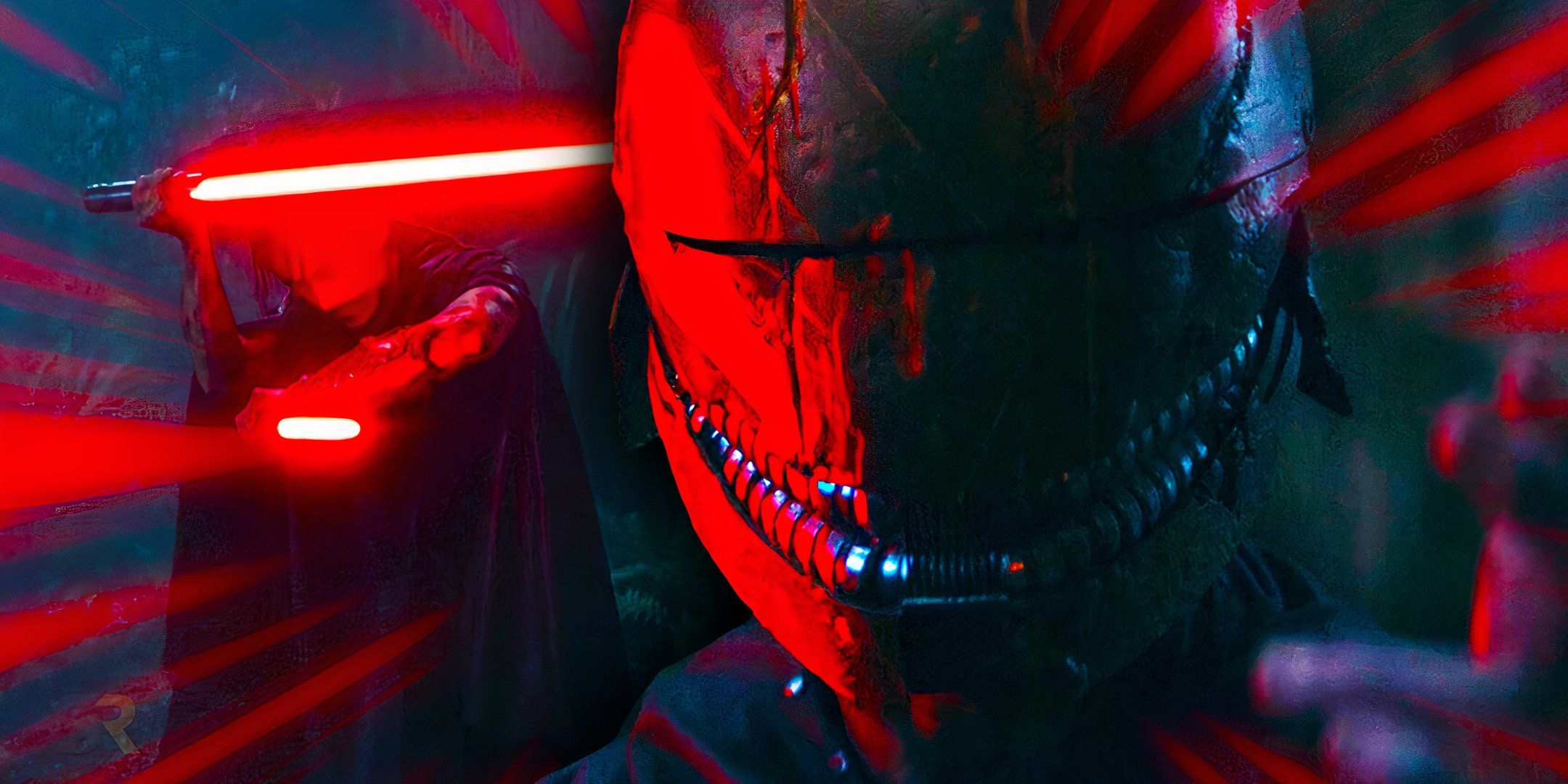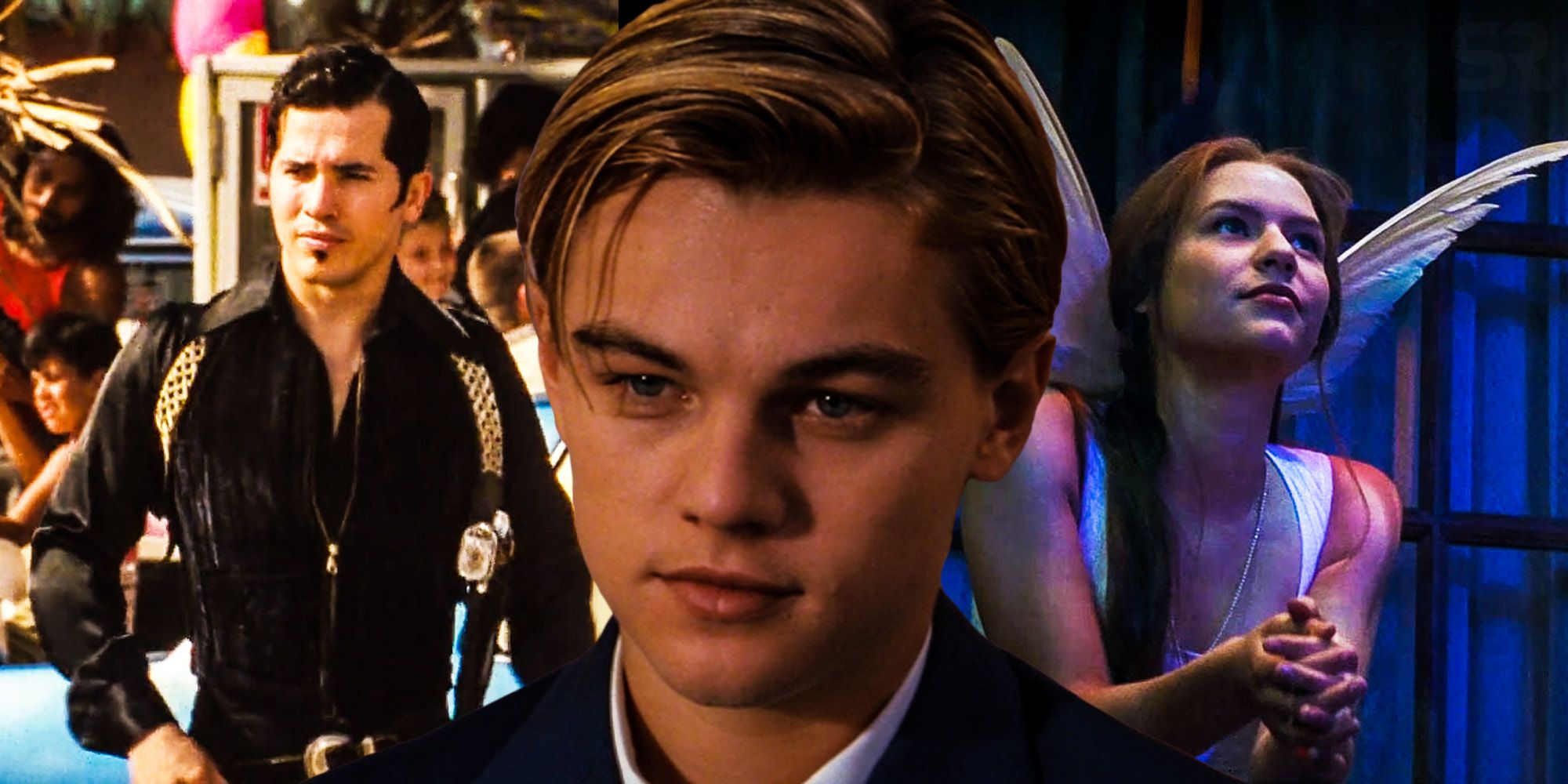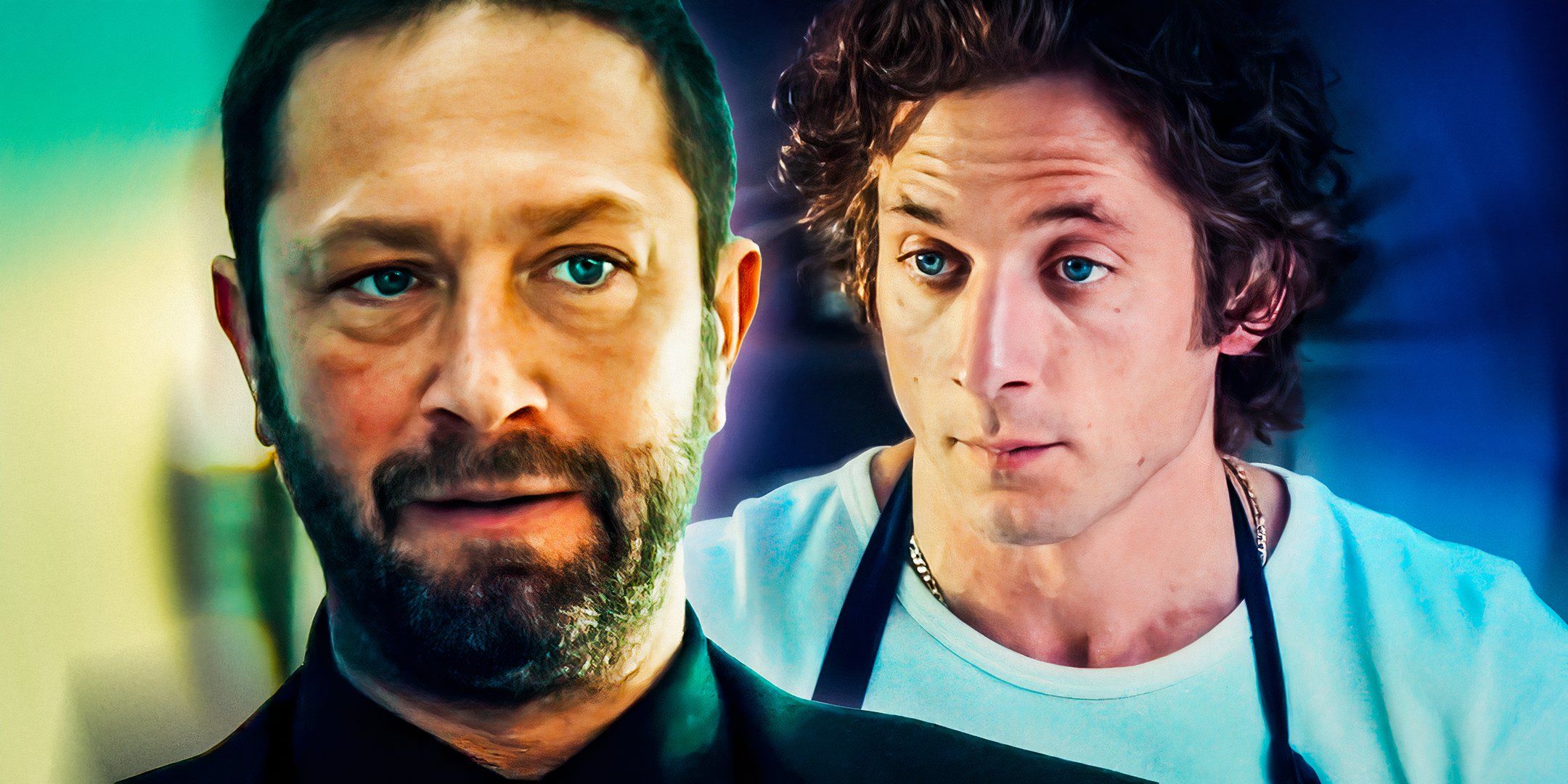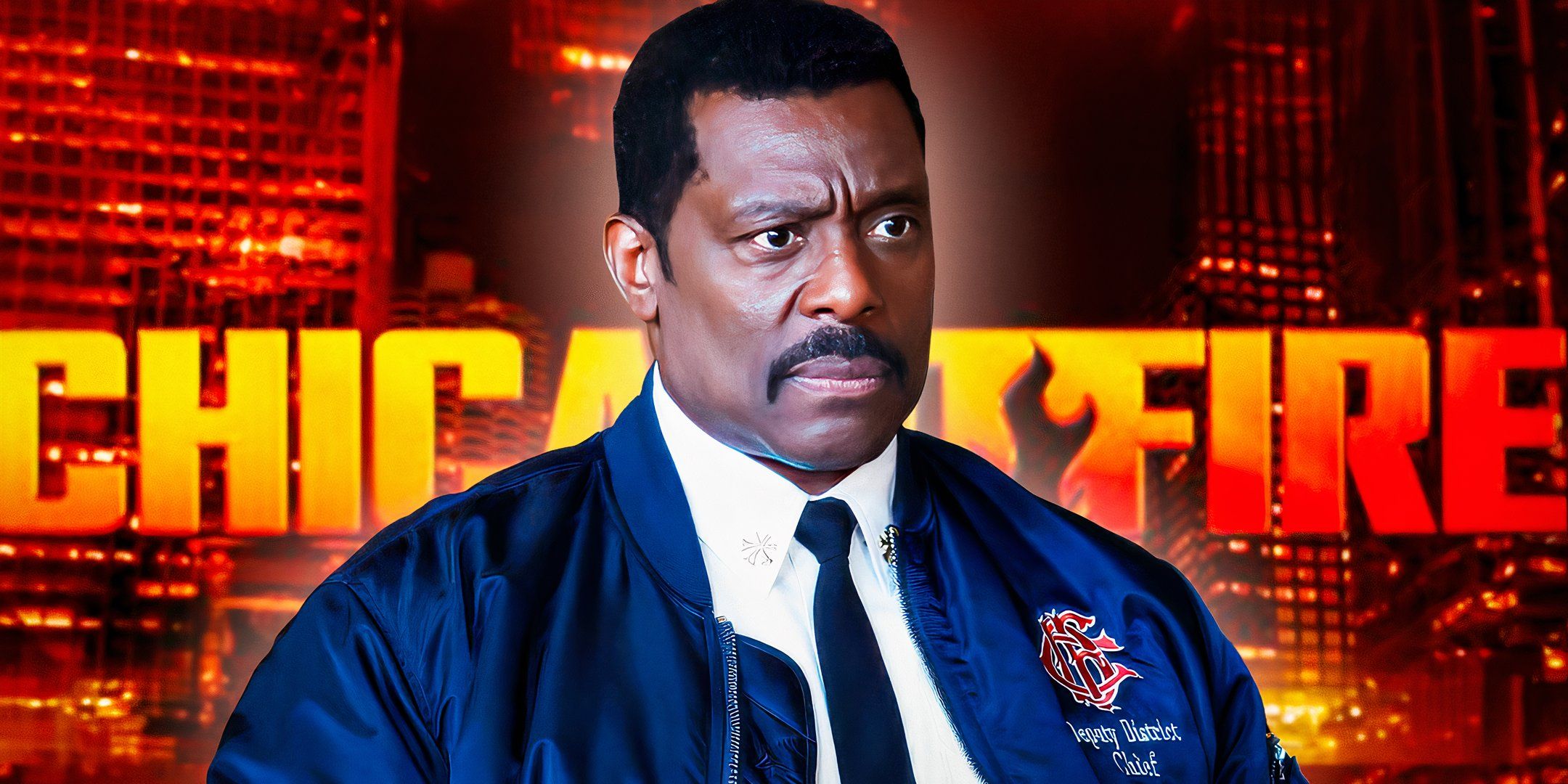The Arrowverse‘s Crisis on Infinite Earths came to a stunning conclusion, but, strangely, it was more Marvel than DC in the end. The Arrowverse has been building up to Crisis on Infinite Earths for quite some time, and it was worth the wait. In the end, the dramatic conclusion transformed the DC Multiverse — in a manner similar to a past Marvel storyline.
Now, all Arrowverse shows — Supergirl, Batwoman, The Flash, the finale of Arrow, Legends of Tomorrow, and even Black Lightning — are set on the same world, Earth-Prime. The experience left the main heroes somewhat disoriented because the merging of worlds had changed history, and the seven Paragons who fought the Anti-Monitor at the dawn of time all remember the worlds as they used to be. Fortunately, J’onn J’onzz, the Martian Manhunter, was able to use his psychic powers to wander around and restore the minds of most heroes’ loved ones.
The ending of CW’s crossover event is actually very different to the comic book version of Crisis on Infinite Earths. There, none of the heroes remembered the old continuity at all, and nobody went round reminding people. That idea is actually lifted from Marvel Comics’ House of M saga, in which the Scarlet Witch rewrote reality in order to create a skewed world where all the various heroes had their deepest desire fulfilled. Scarlet Witch’s powers are naturally chaotic, and as a result the spell came with a weakness — a girl called Layla Miller who knew history had been changed and was able to remind heroes of the truth with a touch. In the end, Scarlet Witch’s reality manipulation was undone, and the normal continuity was restored. A handful of heroes retained knowledge of the House of M timeline, but they initially attempted to keep this secret, fearful that the world would turn against superheroes if they knew what a member of the Avengers — and a mutant, no less — had done.
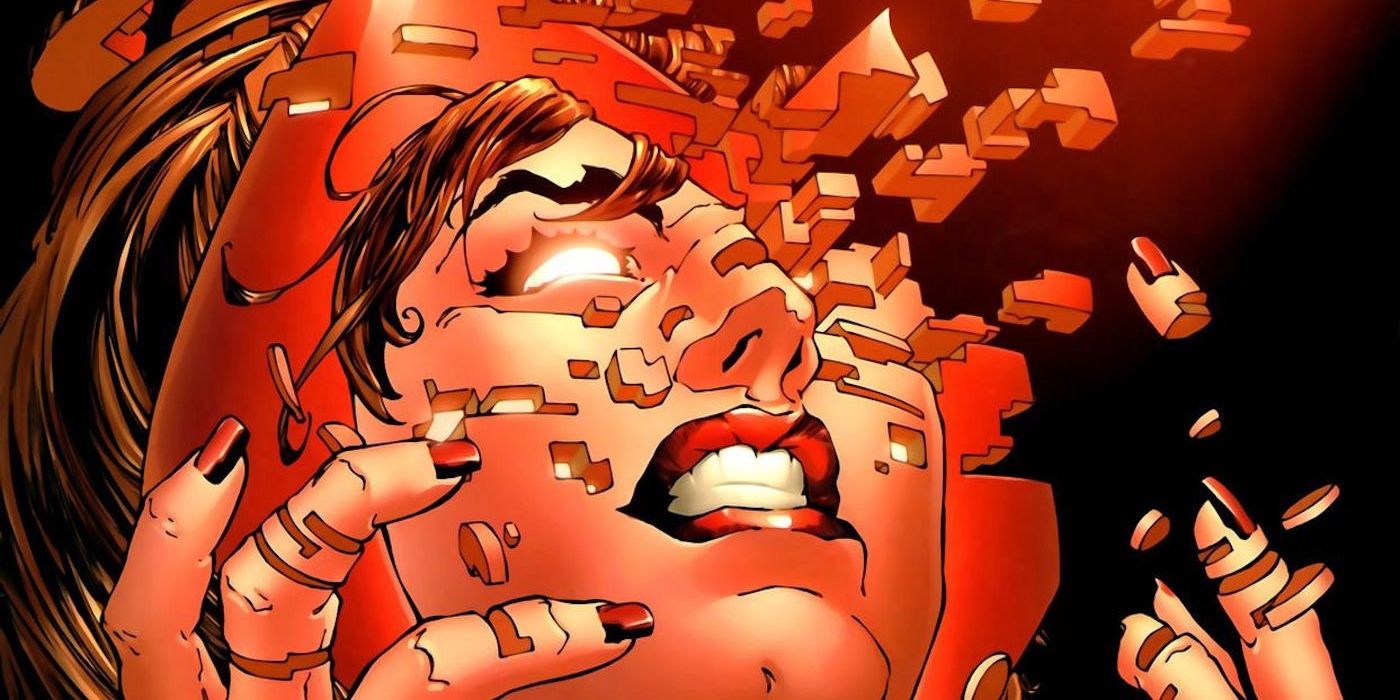
The parallels are pretty clear; the ending of Crisis on Infinite Earths is lifted more from Marvel than from DC. It’s actually a smart move, because it means that the various heroes are discovering their “new” reality, and viewers get to experience the same shock and disorientation. Of course, there is also the potential for tragedy in all this; in House of M, Spider-Man’s dream reality was a world where he was married to his childhood sweetheart, Gwen Stacy. He returned to the true reality, where Gwen was long dead and he was married to Mary Jane Watson, and frankly felt as though he was betraying two sets of wedding vows. In the Arrowverse, Superman appears to be the one to have this more difficult fate; he now has to deal with a timeline where he has to get to know two sons. What’s more, it’s quite possible neither of these are the newborn son he had in his original timeline, meaning he’d have to grieve while getting to know two sons who’d wonder what was going on with daddy.
Meanwhile, another twist in Crisis on Infinite Earths bears some similarity to Marvel as well: the idea that some people positioned themselves to take advantage of the reset. Lex Luthor struck his own bargain with the Monitor and then used the Book of Destiny; as a result, he’s positioned himself as a hero on Earth-Prime, and his sister Lena Luthor retains her memories as well. There’s a rough analogue with the X-Men comics, which were profoundly impacted by Scarlet Witch’s House of M event; anti-mutant factions had known it was coming, and had prepared themselves to launch a wave of devastating attacks in an attempt to render the mutant race extinct. It really is fascinating how many parallels there are between the Arrowverse‘s Crisis on Infinite Earths and Marvel Comics’ House of M.
